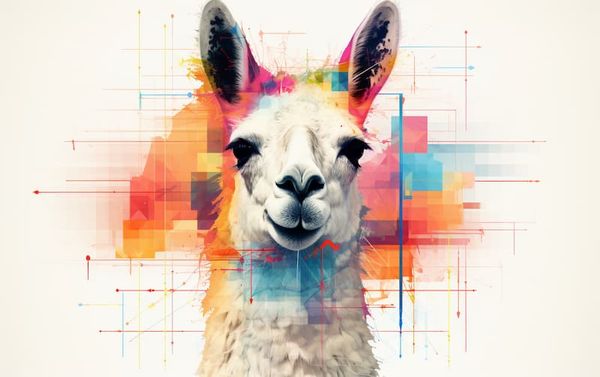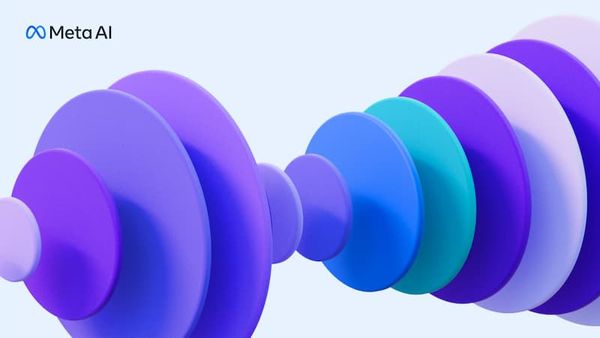Meta, the company formerly known as Facebook, has recently revealed an exciting new artificial intelligence (AI) system called CM3Leon that demonstrates impressive multimodal capabilities for generating and editing both text and images. CM3Leon represents a major advance in AI technology that could have far-reaching implications across many industries.
Key Capabilities
- Efficient text-to-image generation despite lower training compute
- Versatile image editing through natural language instructions
- Robust image understanding and description
- Novel applications like structure-guided editing and segmentation-to-image
Significance
- CM3Leon achieves state-of-the-art results in text-to-image generation, showing the power of a unified multimodal model.
- Its versatility across modalities like text, image, and layout information is far beyond previous siloed models.
- The open-source release enables community innovation to enhance CM3Leon's capabilities even further.
The Bigger Picture
- CM3Leon demonstrates the vast potential of multimodal AI systems that combine strengths across different data types.
- As more companies invest in unified models, we may see an explosion of creative applications combining images, text, audio, video, and more.
- Open-sourcing fuels rapid progress, allowing the community to build on and customize shared models like CM3Leon.
- Multimodal AI lowers the barrier to create magical generative applications, democratizing capabilities once limited to big labs.
- Advanced multimodal AI could become the cornerstone of next-generation AI assistants, content creation tools, and mixed reality experiences.
Overview of CM3Leon's Abilities
As described in a new research paper, CM3Leon is the first multimodal AI model that can generate sequences of text and images conditioned on arbitrary combinations of text and images. This allows it to perform a diverse range of tasks with a single model, including text-to-image generation, image-to-text description, text-guided image editing, image segmentation, and more.
Some key highlights of CM3Leon's capabilities include:
- High-quality text-to-image generation that rivals other state-of-the-art AI systems while using far less compute power during training. The images, while not perfect, successfully depict the text prompts.
- Impressive text-guided image editing where the system can add or modify specific attributes based on textual instructions, like adding sunglasses or aging a person's face. The edits are contextually appropriate. The model not only comprehends text-based instructions, but also takes into account structural or layout information inputted by the user. CM3Leon's unique ability to generate visually coherent and contextually appropriate edits, while adhering to the given structure or layout guidelines.
- Detailed image-to-text description where the model can identify objects, their attributes, and their positions within an image. This shows an understanding of visual concepts.
- Image segmentation where the model can break down an image into distinct components and then generate new variations while maintaining consistency.
- Super Resolution: CM3Leon's also features a separately trained super-resolution stage to enhance the resolution of the generated images.
- Text Tasks: CM3Leon's is adept at handling textual tasks as well. The model can not only identify objects within images but also provide detailed descriptions when asked. Its ability to identify the minutiae within a given image, such as the color of an object or what action is taking place, adds another layer of sophistication to its capabilities
Efficiency and Performance
What makes CM3Leon particularly remarkable is that it achieves strong performance across these diverse tasks while remaining highly efficient. CM3Leon was trained using only one-fifth the amount of compute power required by previous transformer-based multimodal models. The training methodology borrows techniques from large language models.
The researchers show quantitatively that CM3Leon meets or exceeds the state-of-the-art in text-to-image generation benchmarks while using far fewer computational resources. The versatility, effectiveness, and efficiency of the model is a considerable achievement.
Implications of an Open Source Multimodal Model
Another important development is Meta's decision to release CM3Leon as an open source AI model. This means that anyone can freely access, modify, and build upon CM3Leon's capabilities. For the AI community, this represents a significant opportunity to rapidly advance multimodal AI.
Once publicly available, researchers and developers will likely find creative new uses and enhancements for CM3Leon, customizing it for different applications. The open source nature also promotes transparency and trust in AI systems.
Overall, the release of an open source, efficient, high-performing multimodal model like CM3Leon could significantly push forward innovation in areas like generative AI, computer vision, natural language processing, and more.
Remaining Limitations and Future Outlook
While Meta's CM3Leon represents striking progress, the model still has clear limitations. The image quality does not match the best single-task models today, and the textual capabilities lag behind language models like GPT-3. However, given the rapid pace of AI advancements, these gaps will likely narrow quickly.
CM3Leon foreshadows more advanced multimodal AI systems on the horizon. As models improve in generating coherent, contextual images and text together, they could unlock new possibilities in content creation, personalized recommendations, assisting artists and creators, and augmenting human capabilities.
Still, impactful applications of these emerging technologies will require continued progress in aligning them with human values and addressing risks around misuse. Overall, Meta's open-sourcing of CM3Leon kickstarts an exciting new phase in AI development. Researchers and developers now have an opportunity to further advance and steer these systems toward their immense potential for good.
Reference










